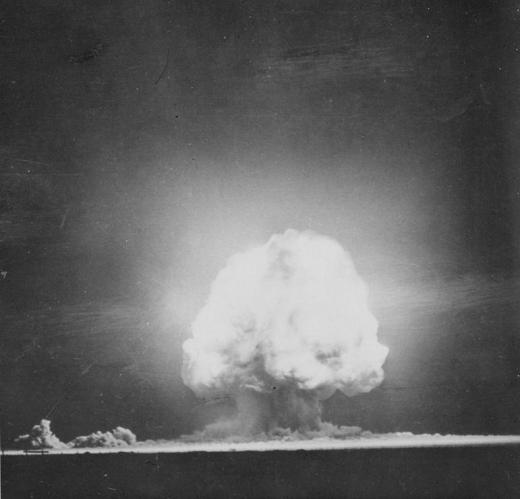What Is a Hohlraum?
A hohlraum is a hollow, cylinder-shaped device that is used to focus and control radiation. Named for the German word for hollow area, the device distributes radiation evenly within its walls and heats a small piece of fuel at the center. It can be as small as a paper clip or pencil eraser, or may comprise the casing of a nuclear weapon. A hohlraum capsule can be used to simulate nuclear explosions on a miniature scale, or with lasers to produce energy when a small sample of fuel inside, such as deuterium or tritium, is imploded. A small hole in the container can be used to measure the escaping radiation and how it behaves at the temperatures within the interior space.
Focusing a strong radiation source like a laser toward the inside of a hohlraum can create a fusion reaction that is contained within. The x-rays created are absorbed and re-radiated symmetrically inside to control the system’s stability during an experiment. This stability enables spherical explosions to take place, which helps to make experiments accurate and contain intense reactions. Hohlraums can be used during fusion and fission reactions, and are the focal point in a nuclear weapon for both the primary reactions as well as the secondary atomic reactions.

Often made of lead, a hohlraum is built to include a small spherical fuel capsule. Laser beams are directed through the hole at the end of the part, react with the inside walls, and produce x-rays. These x-rays are deflected continuously between the walls and raise the temperature until it is high enough to ignite the fuel. By indirectly heating the interior, the need to precisely focus energy on the fuel pellet with a laser is avoided. Sometimes a thin layer of foam is used as an inner lining to conduct heat and spread out the x-rays more evenly.
The reaction inside the cavity also compresses the fuel pellet of deuterium, tritium, or beryllium, and heats it up to a temperature that is greater than that of the sun. With just hydrogen and helium, temperatures can soar to millions of degrees inside the hohlraum. Researchers think that such reactions could be used as an energy source. Hohlraums absorb so much energy from lasers that computer simulations conducted prior to experiments do not show how well the absorption takes place. To produce a significant amount of energy, however, reactions that are conducted in laboratories would have to happen a few times each second for a constant energy flow.
AS FEATURED ON:
AS FEATURED ON:











Discuss this Article
Post your comments